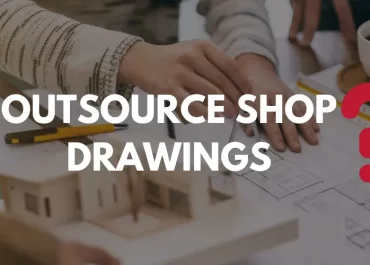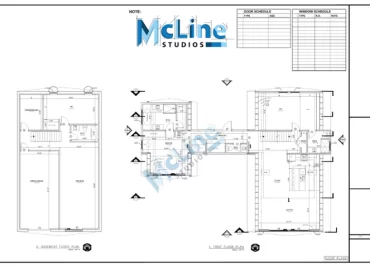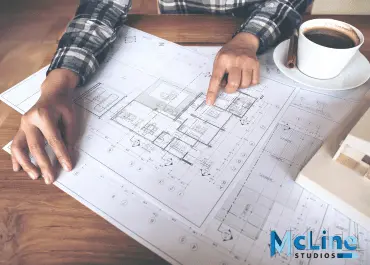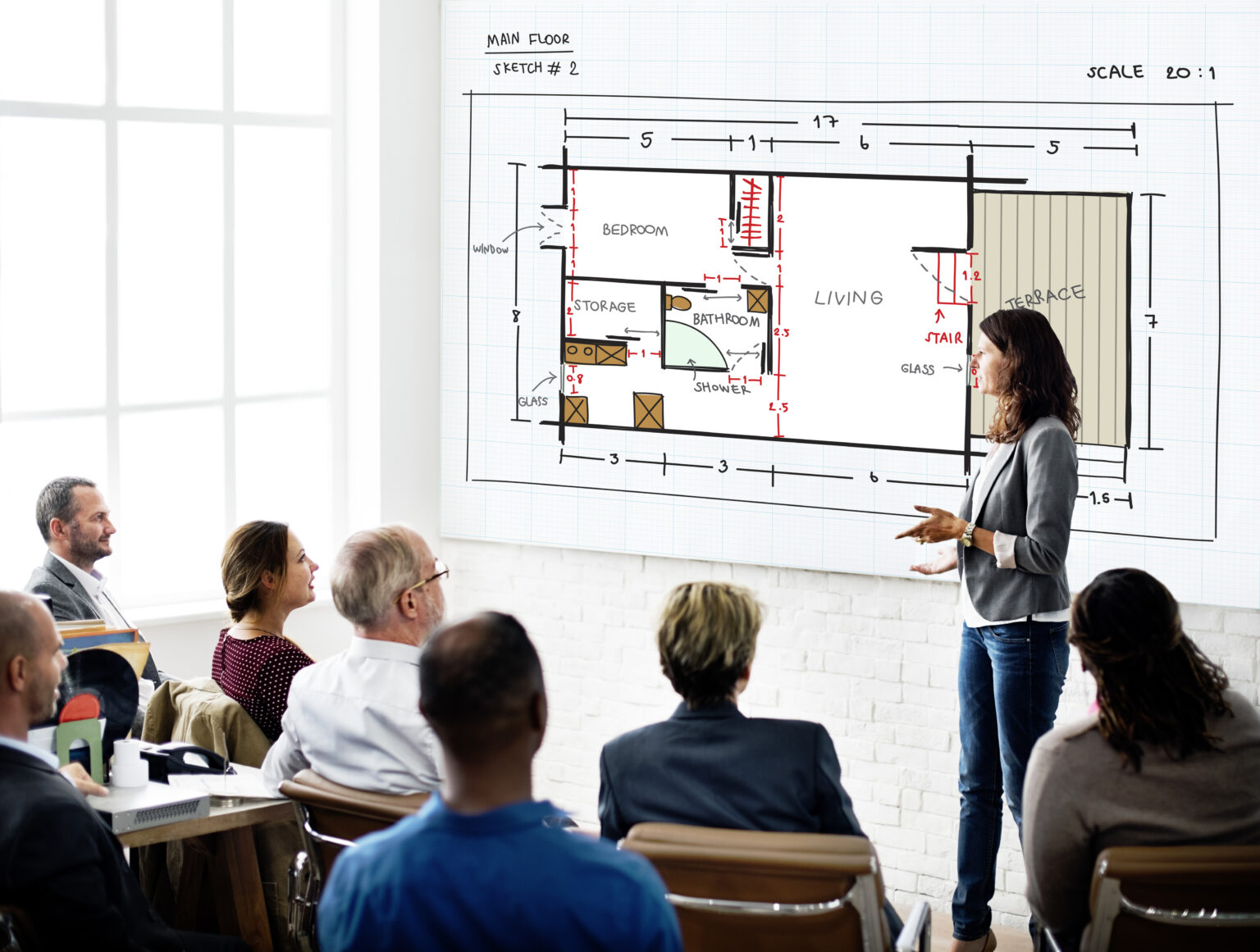Pool rendering refers to the process of creating realistic, three-dimensional images or animations of swimming pools to make the property more aesthetically pleasing. This is widely used by pool designers, architects, and landscapers to visualize and present their pool designs to clients before construction begins.
This is generally done by the software like 3Ds Max, Sketch-up, and Lumion, etc. This specialized software is utilized to model the pool’s shape, size, materials, surroundings, and lighting conditions. The software simulates the behavior of light and materials to create lifelike images that accurately represent how the finished pool will look in its intended environment.
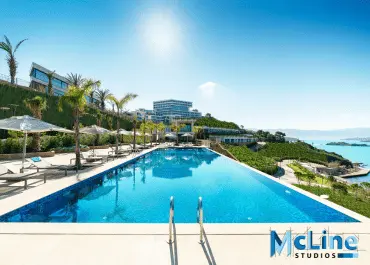
Advantages Of Pool Rendering
Pool rendering offers several advantages. Let’s discuss them.
- Provides Visual Realism: 3D Pool rendering allows for highly realistic depictions of pool designs, including accurate lighting, textures, and materials. This realism can help clients better visualize the final result before construction begins.
- Design Flexibility: With 3D rendering of the swimming pool, designers can easily experiment with different layouts, materials, and features without the need for costly and time-consuming physical prototypes. This flexibility can lead to more innovative and customized pool designs.
- Reduction In Potential Errors: With a detailed 3D model of the pool design, designers can identify and address potential issues or design flaws before construction begins. This can help reduce the likelihood of costly errors or revisions during the construction phase.
- Great For Marketing And Sales: High-quality 3D renderings can be used for marketing purposes, allowing pool designers and builders to showcase their work in brochures, websites, and presentations. Eye-catching renderings can attract potential clients and help close sales.
- Makes Client Communication Easier: 3D renderings provide a clear visual representation of the proposed pool design, making it easier for designers to communicate their ideas to clients. Clients can better understand the layout, features, and overall aesthetic of the pool, leading to more informed decision-making.
Process Of Creating 3D Render For Swimming Pool
The creation of a 3D render for a swimming pool involves several steps to ensure the final result accurately represents the design and ambiance of the pool area. Here’s an overview of the process:
- Conceptualization and Planning: It is good to start by determining the design requirements, such as size, shape, depth, materials, and landscaping around the pool. Try to sketch out initial concepts or gather reference images for inspiration.
- Modeling: You can consider 3D modeling software like Blender, 3ds Max, or SketchUp to create a digital representation of the swimming pool. Start by creating the basic shapes and structures of the pool, including the walls, floor, steps, and any additional features like diving boards or waterfalls.
- Detailing: Try to add finer details to the model, such as surface textures, tiles, grouting, lighting fixtures, and surrounding vegetation or structures like pergolas or fences. Always pay attention to realism and scale to create an accurate representation.
- Water Simulation: Simulate the water within the pool using specialized tools or plugins available in the 3D software. Adjust parameters like water depth, transparency, and reflection to achieve a realistic water appearance.
- Lighting and Atmosphere: Set up lighting sources within the scene to mimic natural or artificial lighting conditions. Adjust the intensity, color, and direction of the lights to create the desired ambiance. Consider factors like sunlight, shadows, and reflections on the water surface.
- Rendering: Render the 3D scene using the rendering engine integrated into the modeling software. Configure rendering settings such as resolution, quality, and output format. This process may take some time depending on the complexity of the scene and the hardware used for rendering.
- Post-Processing: After rendering, perform post-processing tasks to enhance the final image. This may involve adjusting color balance, contrast, and brightness, adding effects like lens flares or depth of field, and compositing the final image with background elements if necessary.
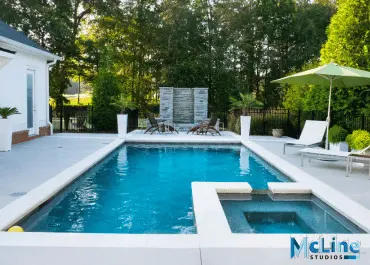
How Much Does 3D Pool Rendering Cost?
The cost of 3D rendering for a pool can vary significantly based on several factors such as complexity, quality, and the specific requirements of the project. To give you a ballpark figure, the cost typically ranges from $500 to $5,000 or even more, depending on the factors mentioned.
The complexity of the pool design influences the cost. Features like waterfalls or intricate tiling patterns add to the intricacy and therefore the price. Other factors like higher-quality renders, urgent deadlines, or the additional number of views or angles required for the rendering can affect the overall cost.
For a better and more accurate estimate of the project, it is advisable to reach out to the pool 3d rendering experts like McLine Studios.


